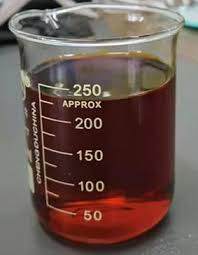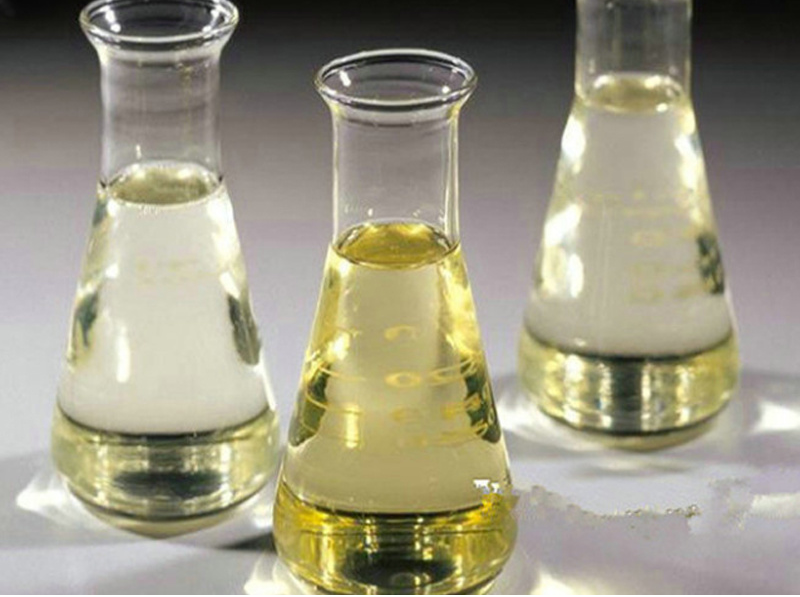The Amazing Prenatal Prep: When Babies Make Their Own Bubble Wrap
(When Is Surfactant Produced In Fetus)
Ever wonder what happens inside a growing baby before they take that first, huge breath? It’s not magic, it’s biology. One superstar player getting ready backstage is surfactant. This slippery stuff is vital for breathing outside the womb. But when exactly does this tiny construction crew start building this life-saving substance? Let’s dive into the fascinating world of fetal development.
1. What Exactly Is Surfactant?
Think of surfactant as your lungs’ built-in bubble wrap. It’s a complex mix. Mostly fats and special proteins. This mixture coats the inside of the tiny air sacs in our lungs, called alveoli. These alveoli look like microscopic bunches of grapes. Without surfactant, these sacs would collapse every time we breathed out. Just like a soap bubble pops when it dries out. Surfactant lowers the surface tension. That’s the force trying to pull the wet walls of the air sac together. Lower tension means the sacs stay open easily. Air flows in and out smoothly. The baby doesn’t have to work impossibly hard just to breathe. So surfactant isn’t just helpful. It’s absolutely essential for life outside the watery world of the womb.
2. Why Is Surfactant So Crucial for Newborns?
Imagine trying to blow up a brand-new balloon. The first puff is the hardest. The rubber sticks together. You need extra force to get it started. That’s like a baby’s lungs without surfactant. The air sacs are sticky and want to collapse. A baby born too early, before making enough surfactant, faces this struggle. Their lungs are stiff. Every single breath requires massive effort. They get exhausted quickly. This condition is Respiratory Distress Syndrome (RDS). It’s a major problem for premature babies. Before modern medicine, many babies died from RDS. Even with treatment, it can cause serious complications. Enough surfactant changes everything. It makes the lungs slippery and springy. The air sacs inflate easily. They stay open. The baby breathes without constant, life-threatening struggle. Surfactant is the key that unlocks independent breathing.
3. How Do Tiny Fetal Lungs Manufacture Surfactant?
This process is a true biological marvel. It doesn’t happen overnight. Production starts surprisingly early. Special cells in the developing lungs, called type II alveolar cells, are the factories. Around week 24 of pregnancy, these cells begin their important work. They start making the building blocks. The fats and proteins. Early production is slow. Small amounts are made. This is like setting up the assembly line. Production really ramps up later. Between weeks 30 and 34 of pregnancy is a crucial period. Surfactant production increases significantly. The type II cells become much busier. They package the surfactant into tiny storage units called lamellar bodies. Think of these as little delivery packages. The baby also starts practicing breathing movements. These practice breaths help move fluid in and out of the lungs. This movement might help spread the surfactant around the developing air sacs. By around week 35, most babies have produced a good amount. They have a solid stockpile ready for birth. This timing explains why babies born before 30 weeks often face the biggest breathing challenges. Their surfactant factories are still under construction.
4. Applications: When Premature Babies Need a Surfactant Boost
Understanding when surfactant is made changed newborn medicine forever. Doctors realized premature babies lacked this vital substance. This led to a groundbreaking treatment. Synthetic or animal-derived surfactant can be given directly to the baby. How does this work? Soon after a very premature baby is born, a thin tube is placed into their windpipe. Liquid surfactant is gently squirted down this tube into the lungs. It quickly spreads and coats the air sacs. The effect is often dramatic. Breathing becomes much easier almost immediately. Oxygen levels improve. The baby doesn’t work as hard. This treatment drastically reduces deaths from RDS. It prevents other serious complications like lung damage from ventilators. It’s one of the biggest success stories in neonatal intensive care. Doctors also give mothers steroids before a premature birth. These steroids speed up the baby’s own surfactant production inside the womb. Combining steroid shots for mom and surfactant for the baby gives the best results. This knowledge directly saves countless tiny lives every year.
5. Surfactant FAQs: Clearing Up Common Questions
Many people have questions about this invisible life-saver. Here are clear answers.
* Can a full-term baby have surfactant problems? Yes, rarely. Some rare genetic conditions affect surfactant production. Infections or other stresses around birth can also sometimes cause issues. These cases are much less common than RDS in preemies.
* How do doctors know if a baby needs surfactant treatment? Doctors look at signs. Severe breathing difficulty soon after birth. Grunting sounds. Flaring nostrils. Chest pulling in with each breath. Low oxygen levels. Chest X-rays showing typical “ground glass” appearance of stiff lungs. Gestational age is a major clue. The earlier the baby, the higher the risk.
* Is surfactant treatment safe? Generally, yes. It’s life-saving. Potential side effects exist. A drop in blood pressure or oxygen levels during administration. Bleeding in the lungs. Blockage of the breathing tube. Doctors carefully monitor the baby. The benefits hugely outweigh these risks for premature infants with RDS.
* Does surfactant fix everything for premature lungs? No. It solves the immediate collapse problem. Premature lungs are still immature. They might be inflamed or easily damaged. Babies often still need breathing support like CPAP or a ventilator. Other complications can arise. Surfactant is a vital first step, not a complete cure.
(When Is Surfactant Produced In Fetus)
* Can surfactant be given more than once? Yes. Sometimes one dose is enough. Other babies need a second dose. Occasionally a third. Doctors decide based on how the baby responds and their oxygen needs. The goal is to support the baby until their own surfactant production kicks in properly.
Inquiry us
if you want to want to know more, please feel free to contact us. (nanotrun@yahoo.com)




